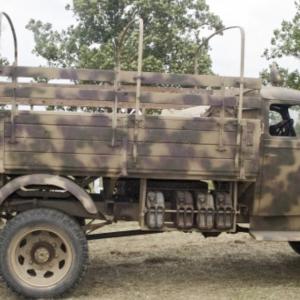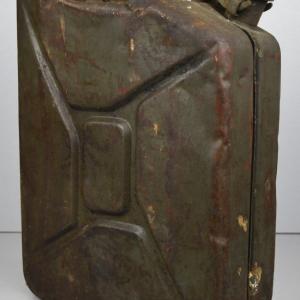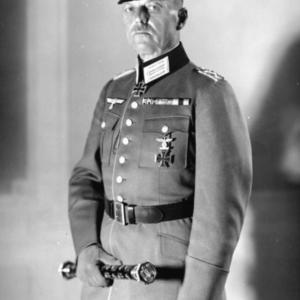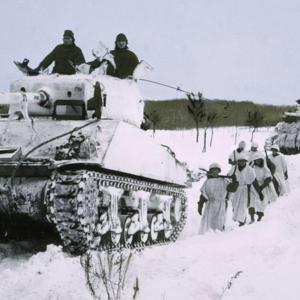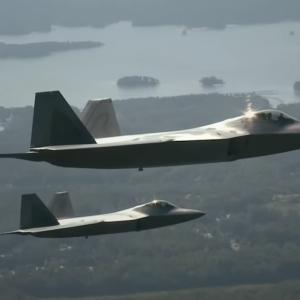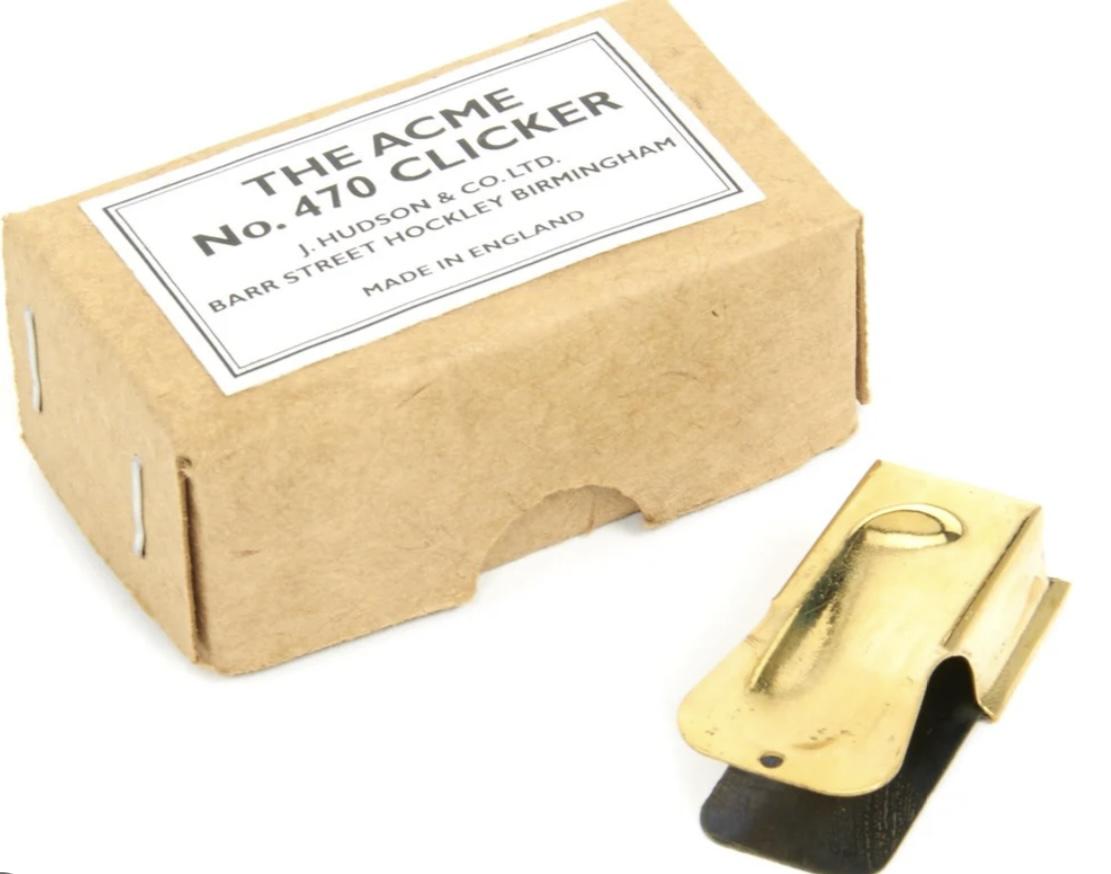
Airborne Clicker “Cricket”
During the early hours of June 6, 1944, as Allied paratroopers descended into the darkened countryside of Normandy, France, they carried with them a small, seemingly insignificant device that would become an iconic symbol of their mission. This device, often referred to as the "clicker" or more colloquially as the "cricket," played a crucial role in the success of the D-Day airborne operations. It was not a weapon, nor did it carry any technology by modern standards, but its simplicity and effectiveness in communication made it a vital piece of equipment during one of the most pivotal moments of World War II.
The clicker was a tiny, handheld device made primarily of stamped brass or other lightweight metal. When pressed, it emitted a distinctive, sharp clicking sound. Its design was simple—a spring-loaded metal plate that, when depressed, made a click and, when released, often produced a second click. This double-click sound pattern made it easy to distinguish from ambient battlefield noise, especially under stressful combat conditions and in the confusion of night operations. The purpose of the clicker was equally straightforward yet strategically important: identification. In the chaotic darkness of the Normandy drop zones, where units were scattered and soldiers often found themselves isolated or separated from their units, distinguishing friend from foe was a matter of survival. The clicker allowed paratroopers to signal each other silently and securely. One soldier would click once; if the recipient was an ally, they were to respond with two clicks. This rudimentary form of call and response helped American troops regroup in unfamiliar and hostile territory, where any noise or light could attract enemy attention.
The clicker was primarily used by the American 101st Airborne Division during the D-Day invasion. There is little evidence to suggest it was issued to other airborne divisions on a widespread basis, such as the 82nd Airborne, though individuals may have acquired or used them informally. Its limited distribution reflects the specific planning and doctrine developed for the 101st's operations during the Normandy landings. As for its origin, the device was reportedly produced by the Acme Whistle Company of Birmingham, England, a firm already well-known for manufacturing whistles and other signaling devices. While the exact number produced is uncertain, it is believed that around 7,000 clickers were manufactured specifically for the 101st Airborne Division ahead of the D-Day operation. These were not mass-produced beyond that scale, and their issue appears to have been both temporary and mission-specific. The company behind its manufacture, J. Hudson & Co., operated under the Acme brand and had a long-standing reputation for producing precision signaling devices. Though there is some debate over who exactly designed the clicker or adapted it for military use, it seems likely that its military application was a collaborative idea between Allied planners and the manufacturer, rather than the invention of a single individual. The idea was to create a low-tech, foolproof identification tool that would be easy to use, hard to misinterpret, and require no training or infrastructure.
After D-Day, the use of the clicker faded quickly. Its utility was limited to the unique circumstances of airborne operations during the initial invasion, and once units were reassembled and engaged in more conventional combat, it was no longer necessary. Despite its brief period of use, the clicker became an enduring symbol of the airborne assault on Normandy. Its legacy has been preserved in museums, reenactments, and films, most notably in the 1998 movie Saving Private Ryan, which depicted the clicker as a crucial tool for paratroopers landing behind enemy lines. Today, original clickers from the D-Day operation are rare collector's items, valued not for their material composition but for their historical significance. Replicas continue to be produced, especially for commemorative events and educational purposes, helping to keep the memory of the airborne troops and their daring mission alive.

